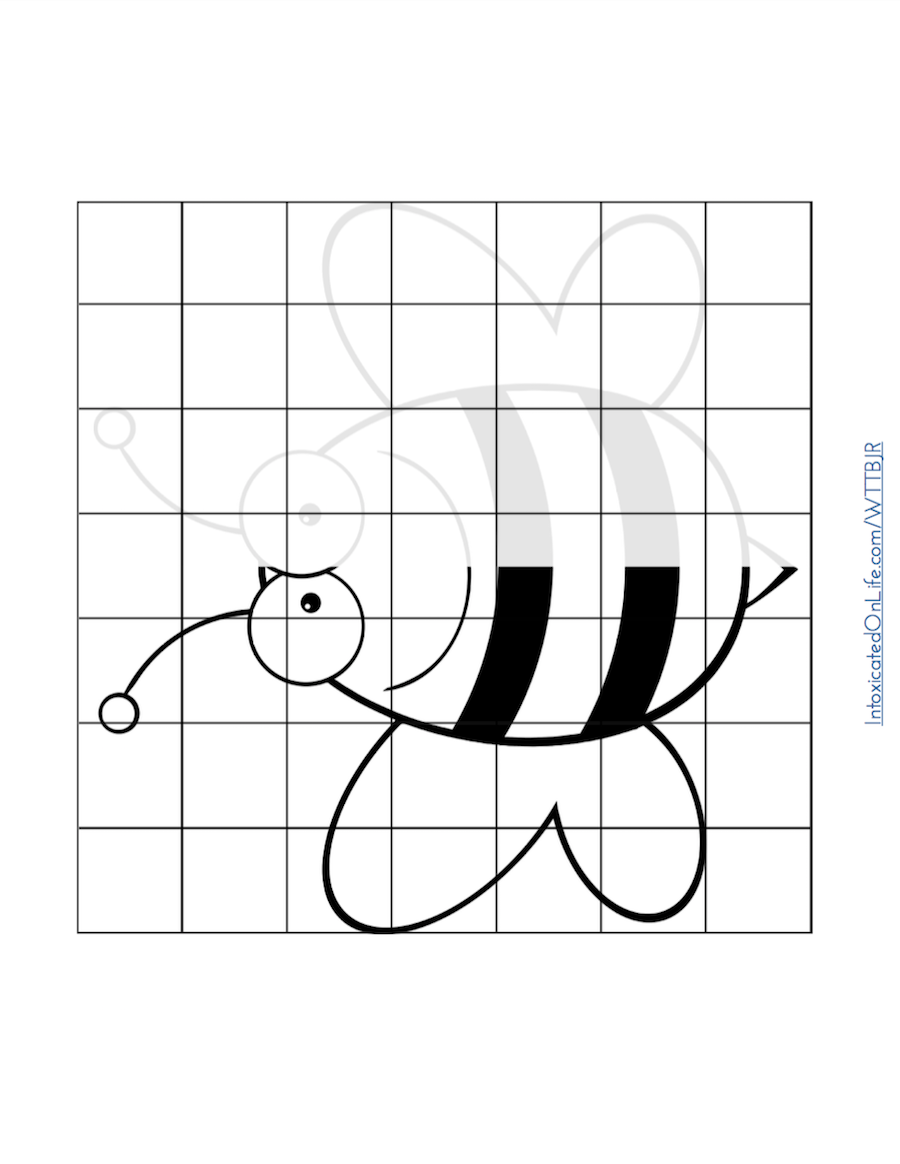


This fascination with mathematical proportions, construction of space and accurate representation led to new advances in 'realistic' drawing techniques. One of the distinguishing features of Renaissance art in the 15th Century is the development of linear perspective - a mathematical system used to create the illusion of space and distance on a flat surface. To use linear perspective an artist has to imagine the canvas as an "open window" through which he sees the subject of the painting. Photograph of Chuck Close as source material for 'Big Self Portrait' 1967 Letter from Vincent van Gogh to Theo van Gogh, 1882 - within which he details his investment in, and use of, a drawing frame.ģ and 4. Abraham Bosse, a portrait artist using a grid (1737).Ģ. Consider how repeated lines, marks, shapes, details and/or colours might add up to suggest or evoke associations, connections, thoughts or memories.ġ. This might be in response to something spiritual, personal, natural, musical, profound or sublime. draw a grid within which to develop your own non-representational/abstract design.

These might be drawn in charcoal or tape over the grid).
#Gridded pictures to draw series#
This might include a series of life-size outlines within a large grid (for example, taped on the floor or a wall. Develop a series of experiments to playfully gather information on the proportions of the human form. Getting a measure of yourself/each other.Draw these in a sketchbook (divide your page into a grid for this!) or use a camera to record the grids you discover - from wire fencing, to patterns on clothes from the potato waffle on your plate to the patio slabs in your garden. Record grids that you encounter in the everyday.How accurate a grid can you create without measuring or using a straight-edge? How might you collage, print or construct a grid? Does a grid have to be made from lines? What other possibilities are there? Does a grid have to contain something - is it possible to appreciate it as a network of lines? What is the largest or smallest grid you can make, be it drawing in sand or on sand(!)? How might you make an ephemeral grid, one destined to disappear? How might you document it failing, falling, floating away, distorting as it fades. This might include: free-hand grid drawing, drawing a grid with a continuous line (or attempting to), blind grid drawing, using your mouth, foot or cubital fossa to draw a grid. Experiment with imaginative and playful ways of grid creation.When/where within a typical day might you encounter various reoccurring patterns? What might be the origins of these, and to what to purposes did/can they serve? What makes a pattern impressive, awe-inspiring or profound rather than simply decorative? a single element of the pattern implies the infinite total. Repeating patterns also demonstrate that in the small you can find the infinite. A common feature of Islamic art is geometric patterns. This use of geometry is thought to reflect the language of the universe and help believers reflect on the greatness of creation - complex geometric designs create the impression of unending repetition, and this also helps to get an idea of the infinite nature of Allah.How might this 'pixelated' way of working be comparable to digital technologies and printing processes? What were the advantages or disadvantages of this technique? What skills would a Roman craftsperson require to produce this work? Ancient Romans and Greeks created large mosaics from small pre-cut pieces of glass, ceramic and stone.Why did Egyptians want to draw figures so strictly within fixed proportions? What might be the benefits or problems with this? These were a set of ideal, mathematical ratios applied by the Egyptians to measure the various parts of the human body in relation to each other.

Grid lines were used to ensure that proportions were in line with ' Canonical Proportions'. The Ancient Egyptians used grid lines, but not to scale-up drawings.How/why do you think these marks were made? Do you think these were: for decorative purposes, for creative expression, representative of something? Alternatively, could they have served another purpose? The Ochre carvings discovered in Blombos Cave, South Africa, are possibly some of the earliest evidence of human drawing.


 0 kommentar(er)
0 kommentar(er)
